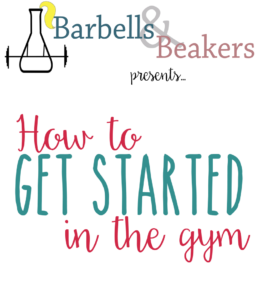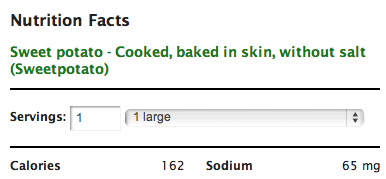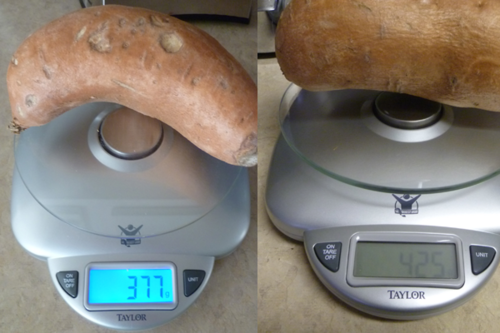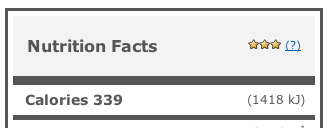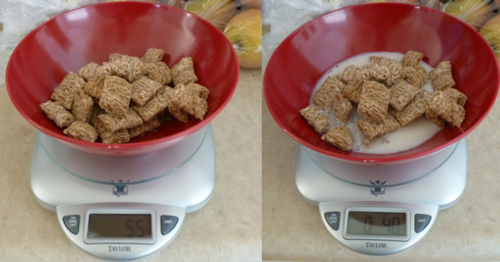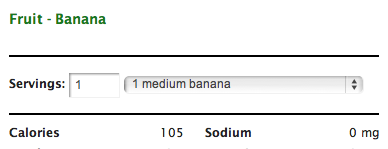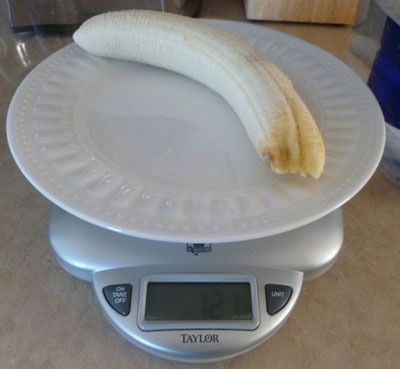Normally “Science Sunday” involves a lot of science jargon along the lines of biology, but this Science Sunday is brought to you by another type of science: social science. I was a sociology minor in undergrad and learned a lot about the complex issues regarding class, gender, race, etc. Anyway, that aside, I want to tackle some posts I see on Tumblr that involve pictures showing a bunch of McDonalds food with a price tag on is versus a plate of veggies with a lower price tag on it. Usually this is partnered with some self-serving “EATING HEALTHY IS SO MUCH CHEAPER!” blah blah. Well, it’s not. And it’s not for everyone. Sit down, buckle up, and get ready for some sociology to come atcha.
1. Food Deserts
PBS did a great article on this, but I’ll summarize. In some places in the country there are no grocery stores for 20+ miles. Yep. Some of you will scoff at that, but let’s put that into perspective. You have to pay for gas to make it the 20 miles there (say you get 15 miles/gallon, as some old cars do, that’s over a gallon of gas one way), then allot the time to do it (say it’s a freeway, 60 mph – 20 minutes to get there), you’ll probably have to take the kids with you because you’re going to be gone for over an hour, you get there, buy your stuff (but you’re competing with people all around you within a 20 mile radius where they are also in a food desert) which may be picked over, then head the 1 gallon/20 minutes home with the kids in the car. OR you could roll through the nearest McDonalds that’s about a mile away and buy some stuff off the dollar menu. Most of these places with food deserts are filled with low income families that cannot afford 2 gallons (at $3.25 per gallon) of gas, plus over an hour of travel with all their kids or family members, to travel to a grocery store some 20 miles away when they can get fast food in town. The town mentioned in the article had one convenience store that didn’t sell fruit or vegetables, and had a small quantity of cold cuts.
Moral of the story? Some people just don’t have access to a grocery store, much less fresh fruit and veggies, regardless of how “cheap” you’ve decided they are.
2. Gas and Cars
I touched on this above, but I’ll dive deeper now. America’s fattest county is also America’s poorest county. Poverty may mean different things to different people, but for this it means living below the poverty line set up by the government. Let’s pretend you’re below the poverty line and we’ll prioritize your finances. Roof over your head > bills to ensure water/electric/etc > food for your kids > clothes for yourself and kids > school supplies > car/truck/vehicle. There are a lot of expenses that come well before owning a car or paying for gas. These poor counties have no public transportation. One cannot just “hop on the bus” to get to where they need to go. Ride a bike? 20 miles to the nearest grocery store to buy food for a family of 4? If access to food is more than a certain amount of miles away then it’s considered unreachable. While you may be able to keep your gas tank full, that doesn’t mean others can.
3. Food Stamps and Government Benefits
Never been on food stamps? A cursory look at the list of what’s allowed on food stamps and what is not allowed on food stamps makes it hard to understand how someone can be obese if they’re on this stuff. But, wait, are these foods even ACCESSIBLE to some people? Remember the grocery stores from above? They don’t have some of these “allowed” foods! Most of these people shop at convenience stores, and according to the website, the following things are NOT allowed on food stamps.
Food that will be eaten in the store.
Hot foods.
Hot foods aren’t a problem, but “Food that will be eaten in the store”? So…everything in a convenience store. You see the problem here? It doesn’t help that these same counties lead the nation in reliance on food stamps.
4. Location, Location, Location!
Like I mentioned with the food deserts, where you live dramatically impacts whether or not you have access to certain foods. It also dramatically impacts the cost of your food. So while these little pictures float around showing an avocado for fifty cents, I have to roll my eyes. When I lived on the West coast I could get an avocado out of my backyard, or even go to the Farmers Market and buy one for that much. I now live in the South, and let me tell you, they had 3/$5 the other day and I about shit myself. That is considered extremely cheap. Likewise, I can pick my own blueberries out here (if I drive about an hour) and it may cost me $10 for what would cost $50 on the West coast. Where you live DRAMATICALLY determines the cost of the food. Shopping at Walmart for groceries, for instance, may have cheaper chicken, but they also don’t tend to have your cage free cruelty free skin free chicken that is so cheap at your local Farmers Market. Catching on? Some people don’t have access to some of the amazing food you do.
5. Time
Some people will probably say, “Well, just grow your own food!” Let’s get some advice on how to start growing your own food, say from an organic site?
2. Start small, 25 square feet for example. Find the spot that ideally has sun all year in your yard. If it’s shaded part of the year, that’s OK too. Avoid the area next to buildings or fences because of possible contamination of the soil by paint, heavy metals or chemicals.
Whoa, whoa, whoa! 25 square feet?! If you live in an apartment or government issued housing, that’s no “small” space! Sun all year round? Not near a building? This isn’t sounding promising. What about yield? There’s no way this 25 square foot “small” garden has enough space for an entire family!
This family, however, has it down pat. They grow enough food for their entire family on 1/5th of an acre in Pasadena, CA. Let’s first ignore the advantages of having amazing weather year around (or that solar energy device that isn’t cheap) and look at what the crux of this is: time. They work from sun up to sun down 6 days a week. If you’re a single mother of 2 working more than one job, this isn’t attainable. In fact, if you’re a single person not needing to feed anyone else in your family except yourself with a job, this is still unattainable. Unless your children don’t go to school and you can condemn them to slave labor, still unattainable. What people don’t understand is that time is a variable in eating healthy, one that a lot of people don’t have.
I’ll save this from becoming lengthy and sum it up for you: if you can eat healthy, if you have access to fresh or semi fresh produce, if you’re close to a grocery store or can use public transportation, you are incredibly lucky. You are part of a minority that doesn’t have to worry IF they will eat today, rather, WHAT they will eat. While you may feel self important touting how it’s soooo much cheaper to eat healthy/vegan/vegetarian/dairy free/etc., remember your audience. You’re speaking to the internet, full of people who can afford computers and have public access. You’re ignoring a growing population that is so poor and so cut off from the world because of it they’re getting their meals from a convenience store.
Next time you want to reblog a picture showing how cheap it is to eat healthy, don’t.
